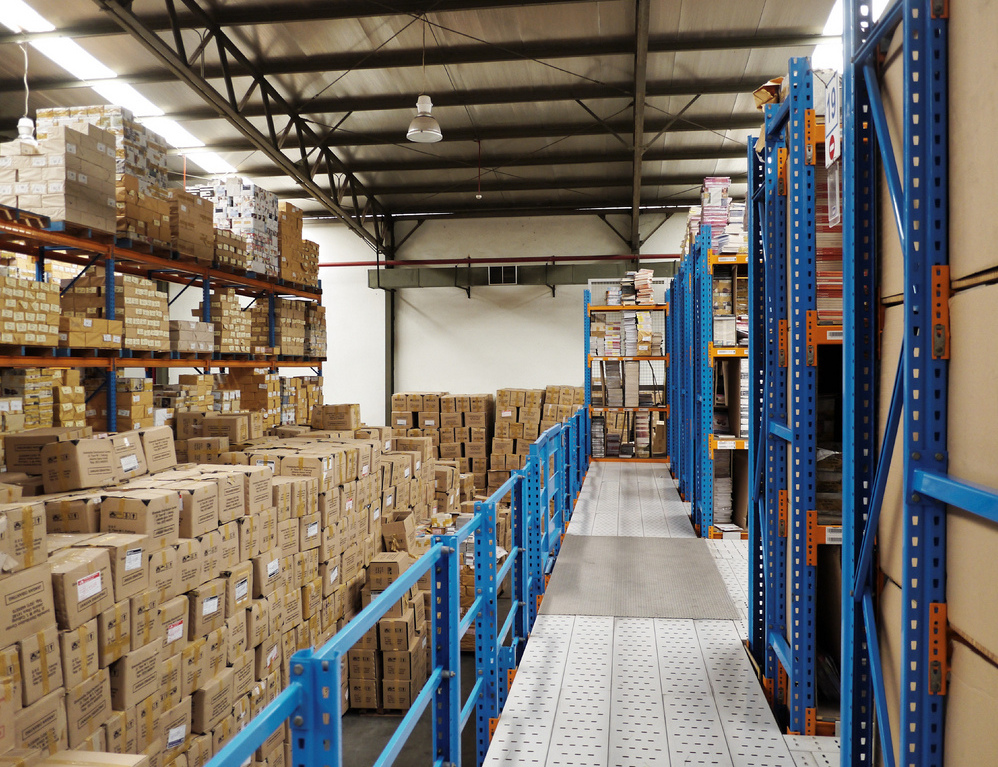03 May Key Differentiators in Inventory Apps for the Enterprise
 For inventory managers, the ultimate goal is planning and controlling inventory so that it adds to the business’ bottom line. To accomplish this, you must be able to accurately and efficiently manage inventory in real-time using inventory apps on a mobile device.
For inventory managers, the ultimate goal is planning and controlling inventory so that it adds to the business’ bottom line. To accomplish this, you must be able to accurately and efficiently manage inventory in real-time using inventory apps on a mobile device.
As a means to that end, many organizations are deploying inventory apps to help asset and inventory managers do their jobs quickly and accurately while on location. The apps then immediately update the enterprise system of record while on location.
Not all inventory apps are created equal, however. Some offer only basic functionality. Some are industry specific and don’t have the ability to be configured or customized. Inventory apps built for the enterprise meet the needs of inventory managers across industries and scale to other areas of the business.
In this post, we outline standard characteristics of inventory apps. We then explore some of the important differences between basic inventory apps for small-scale operations and those that are best suited for enterprise-level inventory management.
Common Inventory App Characteristics
For starters, and perhaps not a common characteristic but a necessary one, inventory apps require a simple user interface. App developers commonly make the mistake of trying to put too much functionality and data on one screen. This results in an inventory app that is jumbled and difficult to use. Inventory apps should be clean and easy to read with large fonts, ample white space and easy-to-tap buttons.
Most inventory apps offer standard inventory tracking options. These include the ability to scan barcodes, view available inventory, and the ability to filter and sort based on an asset’s type, location, availability, cost, etc.
To fully enable inventory managers, inventory apps must operate on all mobile operating systems. Field techs should be able to use their personal devices to do their work. This means full support for iPhones, iPads, Android phones or tablets, Windows devices and traditional barcode scanners. It also means you should be able to build your app once and deploy to users across all mobile devices.
As a general rule, inventory apps should work offline in areas where network connectivity is spotty or not available. The app then syncs the data to the enterprise application when a connection is available. This ensures that you can track all of your inventory across all warehouse locations.
Inventory Apps for the Enterprise
Unlike common inventory apps, enterprise-grade inventory apps can easily snap into your IT environment and support multiple business processes across multiple enterprise applications, including ERP, CRM, EAM and FSM software tools.
Enterprise inventory apps are flexible and easily configurable to make processes more streamlined and more regulation compliant. They can easily mold to and streamline your organization’s inventory management approach, whether that be EOQ (Economic Order Quantity approach), ABC (Always Better Control approach), JIT (Just-in-Time approach), VED analysis, FNSD analysis, or other.
If your organization manages inventory or assets in different parts of the world, it’s important to standardize across one inventory app. This ensures consistency in data capture and optimized inventory levels. Therefore, you must ensure that your inventory app can support multiple languages and tap into multiple enterprise applications.
RFID is a useful technology for inventory management, and your inventory app should leverage it if necessary. Examine your inventory tracking workflows to see where RFID makes sense in your environment. It is especially useful for moving warehouses of inventory or assets quickly to another location or within an enterprise system. Enterprise-grade inventory apps easily scan RFID tags from a distance away, making data capture and updates quick and easy.
Enterprise-grade inventory apps should allow the user to receive push notifications when inventory levels are low. The should also offer the ability to order, purchase and replenish stock with a few clicks.
Choose Wisely
It is clear that there are big differences in the types of inventory apps you can put in use for your organization. Cover your bases by ensuring that the inventory apps you deploy have the common characteristics as a baseline. Then ensure that they can also meet the requirements of inventory management at an enterprise level.
Learn more about Mobile Reach’s inventory apps.
You can learn even more via our comprehensive guide to field service apps.



